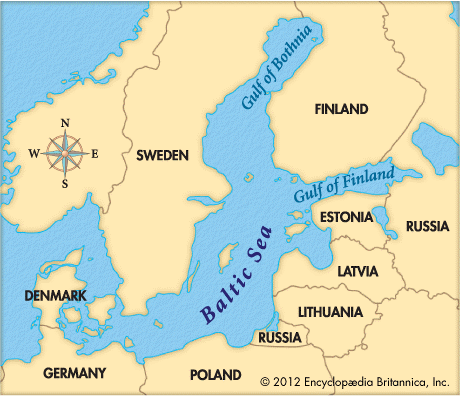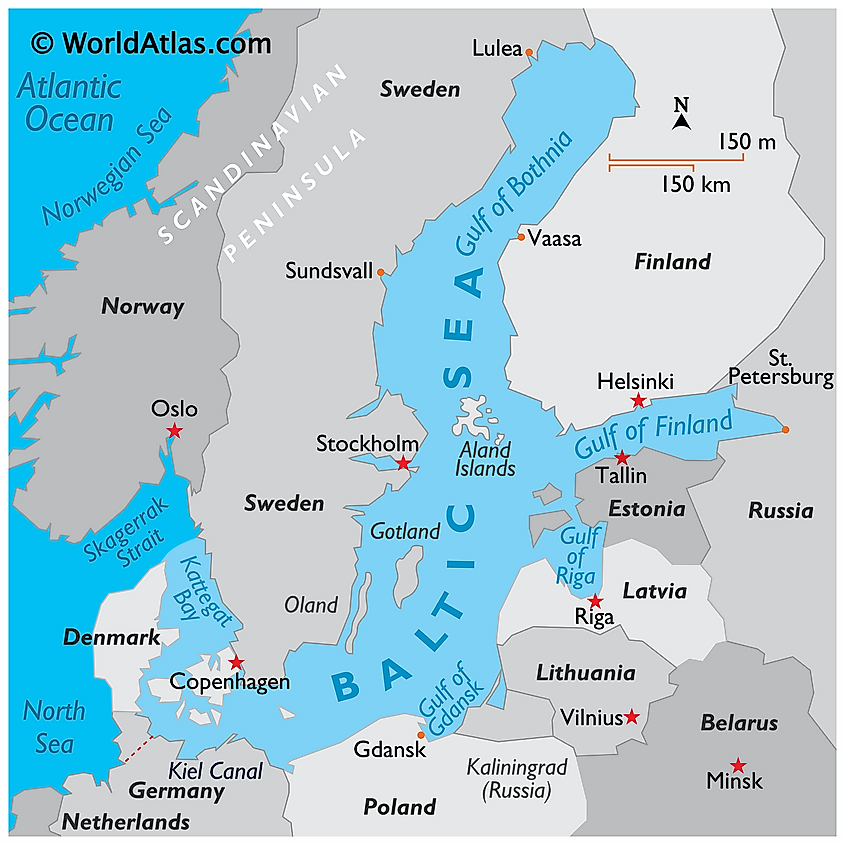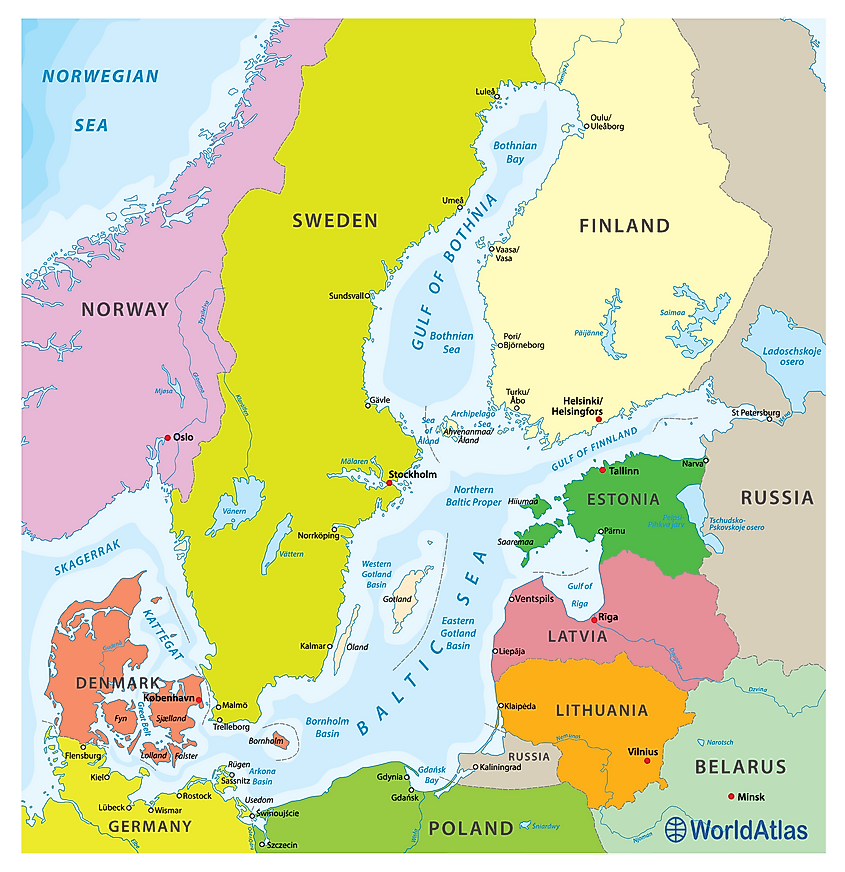





Disclaimer: Copyright infringement not intended.
Context
Baltic Sea
About

Enclosures
Depth
Subdivisions
Northern part
Southern Part
Connections
Helsinki Convention
|
HELSINKI CONVENTION Convention on the Protection of the Marine Environment of the Baltic Sea Area, 1992 (Helsinki Convention) is an international convention encompassing various measures for the prevention and elimination of pollution of the Baltic Sea. The convention is implemented by the Helsinki Commission (HELCOM). It was signed by Denmark, Finland, West Germany, East Germany, Poland, the USSR and Sweden in 1974 and entered into force on 3 May 1980. In 1992, the convention was updated due to geopolitical and environmental changes. The updated convention was signed by Denmark, Estonia, the European Community, Finland, Germany, Latvia, Lithuania, Poland, Russia and Sweden and entered into force on 17 January 2000. The States-Parties to the Convention agreed individually or jointly to take all appropriate legislative, administrative or other relevant measures to prevent and eliminate pollution in order to promote the ecological restoration of the Baltic Sea Area and the preservation of its ecological balance. The Parties undertake to apply: The precautionary principle, that is, to take preventive measures when there is reason to assume that substances or energy introduced, directly or indirectly, into the marine environment may create hazards to human health, harm living resources and marine ecosystems, damage amenities or interfere with other legitimate uses of the sea; Best Environmental Practice and Best Available Technology; Polluter pays principle, that is, make the party responsible for producing pollution responsible for paying for the damage done to the environment. The aim of the States-Parties to the Convention is to prevent and eliminate pollution of the marine environment of the Baltic Sea Area caused by harmful substances from all sources, including:
|
Rivers draining into Baltic Sea
|
River |
States Sharing the Basin |
|
Neva |
Russia, Finland |
|
Vistula |
Poland (tributaries in Belarus, Ukraine, and Slovakia) |
|
Daugava |
Russia (source), Latvia |
|
Neman |
Belarus (source), Lithuania, Russia |
|
Kemijoki |
Finland, Norway |
|
Oder |
Czech Republic (source), Poland, Germany |
|
Lule älv |
Sweden |
|
Narva |
Russia, Estonia |
|
Torne älv |
Norway (source), Sweden, Finland |
Economy

|
MARGINAL SEAS In geology, a marginal sea is the sea bordering continents, semi-isolated from open ocean by island arc or land ridge, and underlain by oceanic crust. Thus, a marginal sea is a deep-sea basin with water depth in general over ~3,000 m, while its slopes and shelves are called as its continental margins. Marginal seas include the Arabian Sea, the Baltic Sea, the Bering Sea, the Beaufort Sea, the Black Sea, the Gulf of California, the Gulf of Mexico, the Red Sea, and the Mediterranean Sea.
INLAND SEA An inland sea (also known as an epeiric sea or an epicontinental sea) is a continental body of water that is very large in area and is either completely surrounded by dry land or connected to an ocean by a river, strait or "arm of the sea". An inland sea will generally have higher salinity than a freshwater lake, but usually lower salinity than seawater. Examples include the Caspian and Black Seas in Asia and the Gulf of Mexico in North America, North America's Hudson Bay and the Baltic Sea in Europe.
|
|
PRACTICE QUESTION Q. Which of the following statements are incorrect with reference to the Baltic Sea? a) Helsinki Convention is an international convention encompassing various measures for the prevention and elimination of pollution of the Baltic Sea. b) The Gulf of Riga connects the Baltic Sea with Saint Petersburg. c) The northern part of the Baltic Sea is known as the Gulf of Bothnia. d) The Baltic Sea is an arm of the Atlantic Ocean situated in Southern Europe. 1. a and b only 2. b and c only 3. b and d only 4. All of the above. Correct Answer: Option 3 |






© 2025 iasgyan. All right reserved